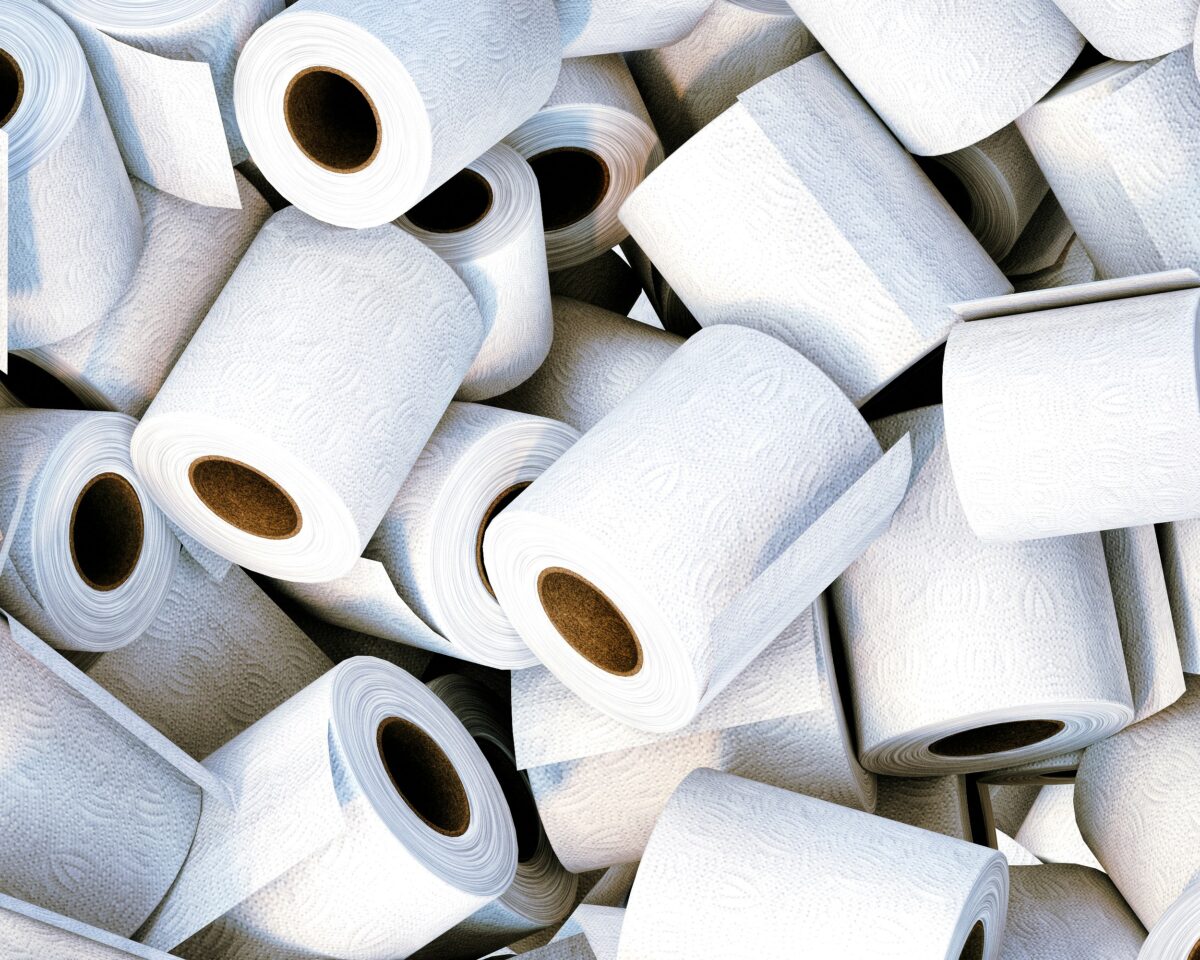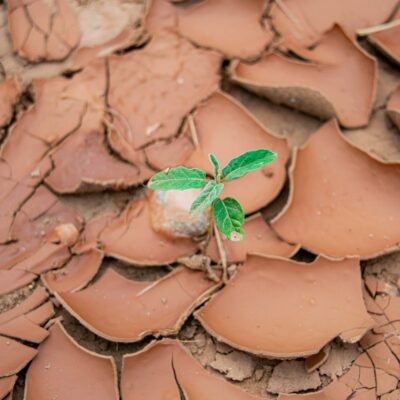
This is a summary of a SIANI blog post titled “Let’s talk shit – multiple returns from sanitation solutions targeting resource recovery in South Africa” authored by Annika Nordin and posted on the SIANI website.
New analysis published by Annika Nordin in a recent SIANI blog post highlights the potential of sanitation solutions for resource recovery for agriculture in South Africa.
“Sanitation is vital for health and dignity, particularly for menstruating girls’ school attendance. Toilets provide sanitary conditions for the user, whereas the safe management of excreta aims to prevent “downstream” contamination and disease transmission. Despite progress, 3.5 billion (43% of the global population) lacks safely managed sanitation services. A role of sanitation stressed in SDG 6, but often neglected, is providing nutrients to agriculture. Since the nutrients in the consumed food end up in the excreta in a constant flow, sustainable nutrient management of food production needs to consider this untapped resource.”
In South Africa, the intersection of water scarcity and sanitation means that sanitation solutions have to be responsive and adaptive to water availability. At the same time, human excreta have potential to be used as fertiliser and to improve soil health: “Apart from containing all the nutrients we have consumed, from macronutrients such as nitrogen, phosphorus and potassium to trace elements, the excreta also contains recalcitrant organic carbon that can improve water holding capacity and provide soil nutrient supply over several seasons.” However, the blog post highlights a mismatch in the design of sanitation solutions, which are usually focussed on disposal rather than on resource recovery, and this resource recovery potential.
The blog post concludes by highlighting the potential of solutions for sanitation that do not rely on water for transport or electricity for treatment as providing “safe, user-friendly toilets with a high capacity for utilising resources. Such sanitation solutions bring multiple returns:
- upgrade the resilience of food systems,
- scale down the need for chemical fertiliser, diminish disease transmission and,
- counteract the direct pollution of water and ecosystems.”










